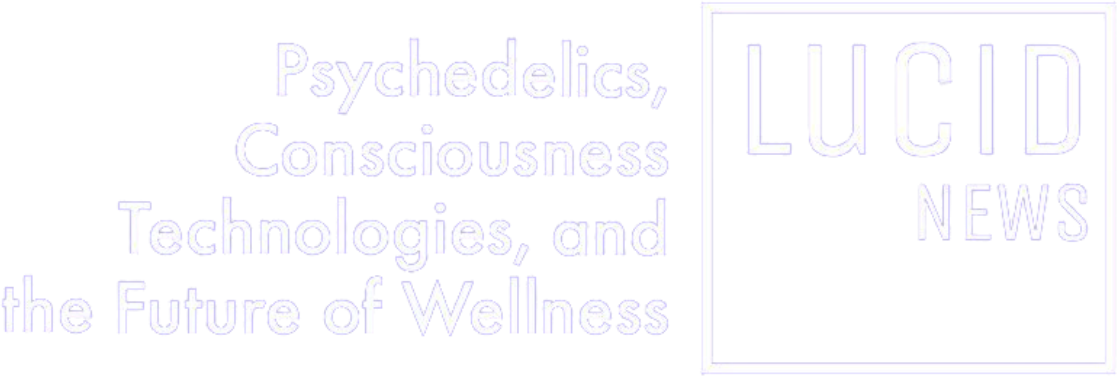Is Vivaldi Necessary for Psychedelic Therapy?

For more than 40 years, psychedelic therapy has depended on a music playlist with a heavy dose of Brahms. Brahms, Bach, Vivaldi, and tracks such as Samuel Barber’s Adagio for Strings, otherwise known as the very sad song from the movie Platoon.
It’s not known for certain why Western classical music became the go-to soundtrack for clinical psychedelic experiences in the 1950s and 1960s, according to Matthew Johnson, a professor of psychiatry and a psychedelic researcher at Johns Hopkins University, though he thinks the lack of lyrical content and the emotionally evocative nature of the tunes probably had something to do with it. But the persistence of those musical selections over the decades— and even the use of music at all — is based on clinical observation rather than experimentation, he said.
So when the opportunity arose to put the effects of classical music playlists in psychedelic therapy to the test, Johnson leaped at the chance. “The backdrop was the clinical research I was doing to see if psilocybin would help people to quit smoking,” he said. Johnson enrolled 10 participants of his larger clinical trial, which has been running since 2008, in a smaller study designed to compare the effects of classical music playlists with an alternative playlist, in this case, a playlist of “overtone based” music.
Nonprofit funding for the study came from the Heffter Research Institute and the Beckley Foundation.
The results, published in December in ACS Pharmacology and Translational Science, suggest there may be no unique benefit to using classical music in psychedelic therapy. But moreover, Johnson said, it illustrates the importance of interrogating aspects of psychedelic therapy beyond the compound and the dose used. “This is really the first study that randomized anything associated with so-called ‘set and setting,’” he said. “We’ve never done minimal manipulation of those types of questions in a randomized fashion so we can answer the question: How should psychedelic therapy be done?”
The study randomized the 10 participants — eight men and two women — to listen to either the classical playlist or overtone-based playlist in the first of three psilocybin sessions over 15 weeks. After a second session with the opposite playlist, participants were given a choice of playlist for their third and final psilocybin session of the study and were then followed up at six months, 12 months, and at an average of 30 months to assess their smoking status.
Overtone-based music is rich in harmonics, and selected tracks include instruments such as gongs, Indian sitars and Australian Aboriginal didgeridoos. “A lot of droning,” Johnson said, with some tracks lacking a definite rhythm or melody. The overtone playlist did include some overlap with the classical playlist, such as some Vivaldi selections.
Both the classical and overtone playlists, with the exception of a few tracks, are available to listen to on Spotify.
Four participants chose classical music for their third psilocybin session and two of them remained smoking abstinent through all follow-ups. Four of the six participants that chose the overtone playlist were abstinent throughout the follow-ups. Ultimately, Johnson said, there was no statistically significant difference in efficacy between the two playlists, but also “no evidence that the classical did any better.”
Just why the overtone playlist was the more popular participant choice, Johnson said, is an open question. He speculates that there could be associations with some classical tracks — overuse in movies or commercials, Wagner’s antisemitism for those familiar with the composer’s life — that might color a participant’s experience.
But the results are enough to suggest, in Johnson’s opinion, that psychedelic researchers should stop taking classical playlists as dogma. “We need to be a little bit less risk-averse,” he said. “You can take your best shot at switching things up, even within your own study.” That could involve using other musical genres, such as jazz, allowing participants to bring their own playlists, or even using no music at all, though Johnson admits that could be risky if done as part of a larger study, as no researcher wants experimenting with playlists to cloud the results around their study’s primary objectives.
“You want to do something different but don’t want to take that much of a risk?” he said. “Take our playlist and use it. You can do that, it’s actionable.”
More broadly, Johnson hopes the study will encourage more experimentation in other aspects of “set and setting” around psychedelic therapy, such as the use of eyeshades and the amount of talking during a session. “It is one of those things that demonstrates how the science is so early,” he said. “My bigger hope through this work is that it just inspires countless questions.”
Image: Nicki Adams








